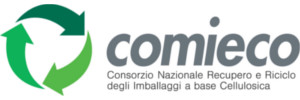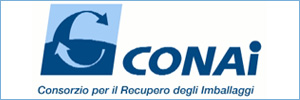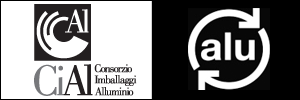Congestion Charge Area won’t change until 2022, a municipal “low emission zone” and new metro stops: the new Urban Sustainable Transport Plan
The enlargement of the Congestion Charge Area (AreaC) including the 90/91 “Cerchia” is not a priority before the M4 activation, explained Maran. One hundred video cameras on Milan borders will be placed instead to check the regional anti-smog bans. Metro lines will reach Baggio, Settimo Milanese, Corsico, Rozzano, Paullo and Vimercate and car sharing will be developed
24 February, 2015
di Stefano D'Adda (traduzione di Laura Tajoli)
One of the main decisions inserted in the new PUMS – Urban Sustainable Transport Plan – that is probably going to make someone unhappy even inside the Town Council majority, is to keep the Congestion Charge Area (AreaC) until the M4 line inside the “Cerchia dei Bastioni” (in 2022) will be accomplished.
The enlargement of the AreaC to the 90/91 “Cerchia” before the metro blue line M4 activation won’t in fact generate any environmental benefit, explained Assessor Maran.
The Plan places at the top of the priority list the accomplishment of a “Low Emission Zone”, close to the municipal borders but inside the orbital roads (Tangenziali). It will be electronically monitored in order to check automatically that the Regione Lombardia rules on vehicular circulation will be followed. The “Low Emission Zone is a project based on the London model and envisages to place 106 video cameras on the city borders: twenty have already been installed (e.g. in Monza, Mecenate, Rogoredo and Cassinis streets) but the installation of the rest is now considered a priority. With the new monitors, the Municipality will control 20 thousand Euro 0 trucks that still manage to get inside the city but also to check that the regional rules are respected by Euro 0 diesel, Euro 0, 1, 2 cars that have been stopped from October to April, and to the diesel Euro 3 cars form 2016 Autumn.
For what urban transport is concerned, the plan will reinforce the network by extending some metro lines outside city borders: M2 will advance from Cologno Nord to Brugherio and from Assago to Rozzano, M3 from San Donato to San Donato est, M5 from San Siro to Settimo Milanese and M4 from San Cristoforo to Corsico – Buccinasco.
PUMS includes also the planning of the metro 6 line along the North-West – South East direction with a service on the Certosa/Sempione and Tibaldi/Quaranta lines and with the M2 modernization through the renewal of the rails, the tunnel sealing and the stations restyling. All this, though, is a mobility design of the possible sceneries for Milan and not a real plan since it’s not possible to make previsions regarding the money that the State will give for these investments.
PUMS supports the enlargement of the car sharing system as well. This evolution started in 2013 and in the next months will be placed alongside with the scooter sharing and with the electrical bike sharing. The Bikemi system will be elongated outside the 90/91 “Cerchia”.
Milan Municipality believes that the PUMS activation will reduce 25% of the congestion in the low speed zones, will bring about a 17% increase in the public transport speed, an 11% decrease in the traffic congestion and a 27% decrease in the gases that cause an alteration of the environment. Furthermore, the PUMS should lead Milan citizens to use more the public transport, with a 142% increase.









